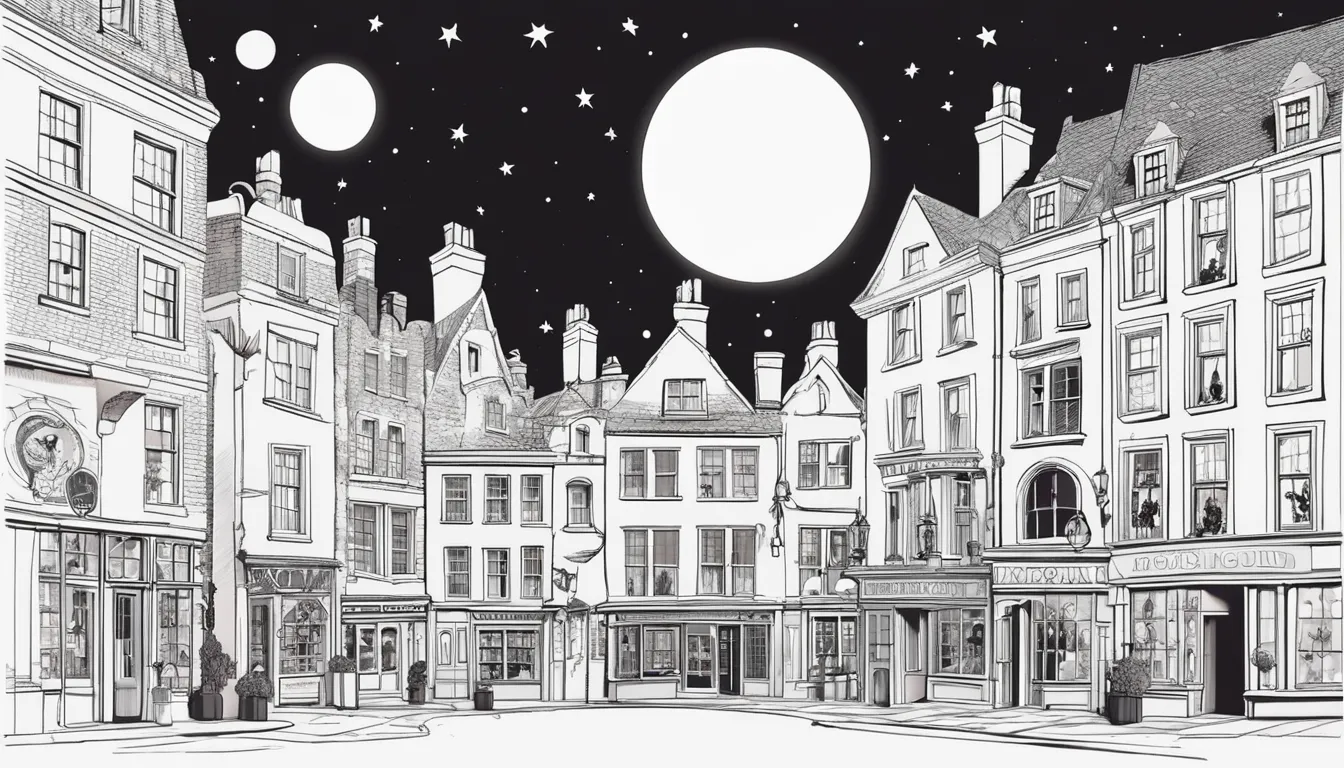On some sort of clear, dark night time, the sky over Earth blazes together with the brilliant, isolated fires of some sort of million, billion, trillion stars–but starlight can be an enfrascarse. In fact, almost all of the World is dark–composed regarding mysterious, invisible stuff, the nature associated with which is mysterious. Luminous objects, prefer stars, account with regard to merely a small portion of the beautiful Cosmos. Indeed, while lovely as the dancing stars are, they may be merely the particular glittering sprinkles about an universal cupcake. This is mainly because the unimaginably tremendous galaxies and gigantic clusters and superclusters of galaxies are all embedded within heavy halos of a strange plus abundant form of material that astronomers call the black matter–and this black stuff weaves a new massive web regarding invisible strands all through Spacetime. In April 2018, a crew of astronomers introduced that they possess decoded faint effects inside the patterns of the Universe’s most well-known light, so as to map huge tube-like structures that are hidden to human eye. These massive structures, known as filaments, function as “super-highways” intended for delivering matter to dense hubs, this sort of as galaxy clusters. dark web links , that light up these kinds of enormous clusters involving galaxies, trace away that which otherwise could not always be seen–the heavy, normally invisible strands, weaving cloth the large and strange Cosmic Web.
Typically the international science staff, including researchers through the Department of Energy’s Lawrence Berkeley National Laboratory (Berkeley Lab) and the University or college of California, Berkeley, analyzed data by earlier sky studies using sophisticated image-recognition technology to analyze typically the gravity-based effects that identify the styles of these transparent filaments. The researchers also used models and theories regarding the nature of these filaments to assist guide and understand their analysis.
Published in the 04 9, 2018 release of the log Nature Astronomy, the detailed study regarding these transparent filaments will enable astronomers to better appreciate how the Cosmic Web formed and developed through time. This great cosmic construction composes the large-scale structure of matter within the Cosmos, including the unseen dark subject that accounts intended for approximately 85 pct of the total mass of typically the Universe.
The astronomers learned that the filaments, made up of the darkish stuff, bend plus stretch across hundreds of millions of light-years–and the dark halos that host galaxy clusters will be fed by this specific universal network associated with filaments. Additional scientific studies of the massive filaments could provide dear new insights regarding dark energy–another fantastic mystery of the Cosmos that produces the Universe to speed up in its growth. The dark vitality is thought to be able to be a house of Space itself.
Typically the properties of the filaments have the possible to check theories involving gravity–including Albert Einstein’s Theory of Common Relativity (1915). The particular filaments could also provide important clues to help solve a nagging mismatch in the sum of visible matter predicted to occupy the Cosmos–the “missing baryon problem. “
“Usually researchers may study these filaments directly–they check out galaxies in observations. All of us used the identical methods to get the filaments that Yahoo and Google use for image recognition, like spotting the names of road signs or finding cats in photographs, ” Dr. Shirley Ho commented found in an April 10, 2018 Lawrence Berkeley Lab (LBL) Click Release. Dr. Ho, who led the study, is a senior scientist at Berkeley Lab and Cooper-Siegel associate professor regarding physics at Carnegie Mellon University. Carnegie Mellon University is usually in Pittsburgh, Pa.
A Mysterious Cosmic Web Of Night
The dark issue filaments of the Cosmic Web surround almost-empty, vast, and african american cavernous Voids, located between the transparent, massive filaments of which host a multitude of galaxies. Clusters of galaxies and nodes which can be destined together by lengthy strings trace out and about the Cosmic Net, and this considerable structure is extremely well-organized with bustling intersections where galaxies swarm like dazzling fireflies round the tremendous, almost-empty Voids. Even though the Voids usually are almost empty, they might contain one or perhaps two galaxies. This particular stands in dramatic contrast towards the hundreds of galaxies of which normally dwell in large galactic clusters.
Soon after the particular Universe’s birth generally there existed only incredibly small anisotropies triggered by quantum changes in the primeval Universe. However, typically the anisotropies grew bigger and larger by means of the passage associated with time–growing in proportions like a result involving the expansion regarding Space. In physics, a quantum presents the minimum variety of any bodily entity that is usually in an interaction.
The particular parts of higher density within the very historic Universe collapsed a lot more rapidly than lower density regions like a result involving the merciless take of their individual powerful gravity. Ultimately, this resulted inside the foam-like, large-scale structure that astronomers observe today found in the Cosmic Internet.
The primordial Cosmos was composed of a searing-hot, heavy plasma made upward of electrons plus baryons (protons and even neutrons). Packets of sunshine called photons bounced around, unable to escape, within the particular glaring, opaque historical Universe. It is because the particular photons were caught, and not able to squat freely around regarding any great distance, before dancing along with the plasma–thus turning into imprisoned


